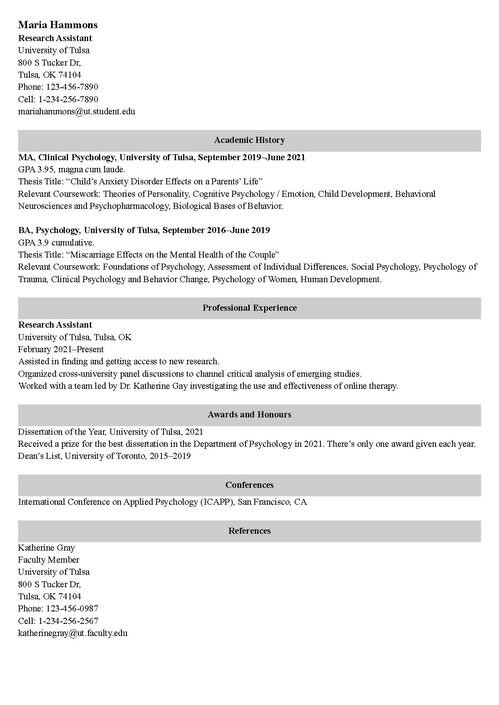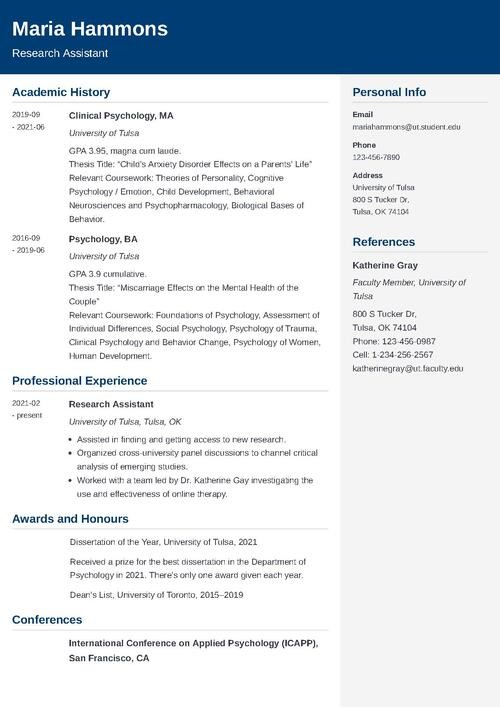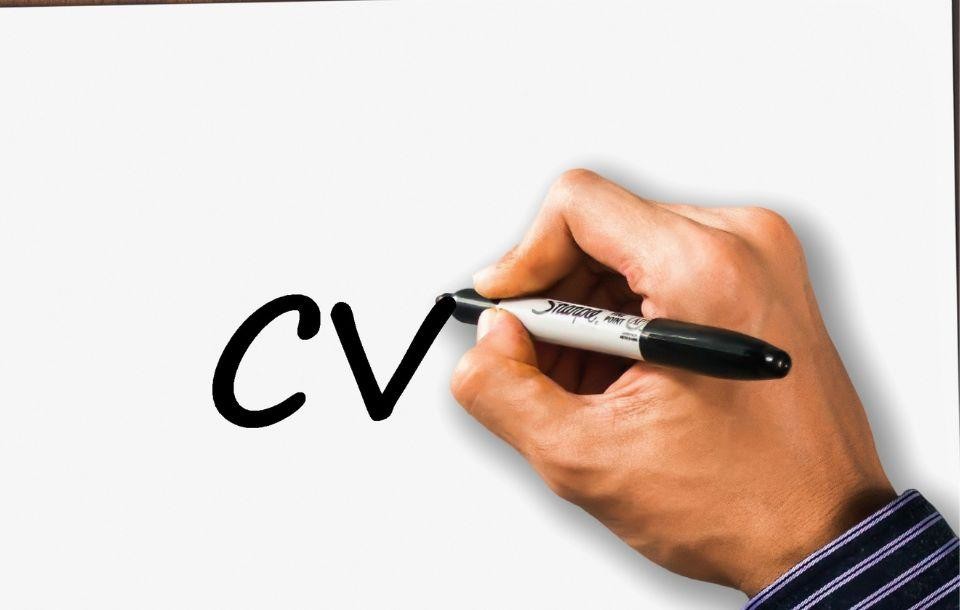


Do you want to stand out like a fresh morning croissant at a local cafe? Delightful! All it takes is to know what a good CV looks like. Let’s dive right in, shall we?
That don’t impress me much.
According to Shania Twain, but I won’t let recruiters hum that while reading your CV. So no more asking, “What does a CV look like?”
Let’s get straight to it!
This guide will show you exactly what a perfect CV should look like and tips for creating a professional CV format.
Want to save time and have your CV ready in 5 minutes? Try our CV maker. It’s fast and easy to use. Plus, you’ll get ready-made content to add with one click. See 20+ CV templates and create your CV here.


Sample resume made with our builder—See more CV templates here.
A curriculum vitae (CV) is a lengthy document describing your academic and professional achievements. You use it to apply for jobs in educational institutions, such as university research or graduate school. Plus, you might need one to get a grant or accreditation from a fellowship.
You know what a CV is, and this is what a good curriculum vitae looks like:
Maria Hammons
Research Assistant
University of Tulsa
800 S Tucker Dr,
Tulsa, OK 74104
Phone: 123-456-7890
Cell: 1-234-256-7890
Academic History
MA, Clinical Psychology, University of Tulsa, 2021
GPA 3.95, magna cum laude.
Thesis Title: “Child’s Anxiety Disorder Effects on a Parents’ Life”
Relevant Coursework: Theories of Personality, Cognitive Psychology / Emotion, Child Development, Behavioral Neurosciences and Psychopharmacology, Biological Bases of Behavior.
BA, Psychology, University of Tulsa, 2019
GPA 3.9 cumulative.
Thesis Title: “Miscarriage Effects on the Mental Health of the Couple”
Relevant Coursework: Foundations of Psychology, Assessment of Individual Differences, Social Psychology, Psychology of Trauma, Clinical Psychology and Behavior Change, Psychology of Women, Human Development.
Professional Experience
Research Assistant
University of Tulsa, Tulsa, OK
February 2021–Present
Awards and Honours
Dissertation of the Year, University of Tulsa, 2021
Received a prize for the best dissertation in the Department of Psychology in 2021. There’s only one award given each year.
Dean’s List, University of Toronto, 2015–2019
Conferences
International Conference on Applied Psychology (ICAPP), San Francisco, CA
References
Katherine Gray
Faculty Member
University of Tulsa
800 S Tucker Dr,
Tulsa, OK 74104
Phone: 123-456-0987
Cell: 1-234-256-2567
A CV is different from a resume. And it’s because the CV is credential-based, and you update it by adding new information instead of tailoring it to every job description. So, it’s very likely you’ll see CVs 2 to 10 pages long.
Now, writing your CV means focusing on the following sections:
Nothing more than your:
Whether you apply for a research placement or academic lecturer position, you should choose either a research objective or a personal statement.
The former is a statement that describes your research goals.
The latter describes your professional achievements to date that can translate into success in your future role.
This is where you describe your academic achievements, such as every post-secondary degree and titles of your theses or dissertations.
In an academic CV, research experience is your professional experience. Add several bullet points referring to your achievements and your impact on the team’s work.
Teaching experience is part of your professional experience, too, although you single it out for the sake of listing the subjects you taught.
Cite your publications or work you’ve been writing but haven’t yet published.
List your awards and honors, such as Dean’s List placement, on your CV. You can add a few words for the background that would add value to your CV.
If you received a scholarship or grant, write about it here—mention who gave it to you.
Ever spoken on a forum? Fantastic. Name the title of the presentation and dwell on the subject a little.
Call out two to three names with the person’s title and the institution they work for.
Another thing, design-wise, is CV formatting.
CVs are packed with information, so it’s essential to prepare such a format that its readers easily reach the last part.
This is how you achieve that:
When making a resume in our builder, drag & drop bullet points, skills, and auto-fill the boring stuff. Spell check? Check. Start building a professional resume template here for free.
When you’re done, Zety’s resume builder will score your resume and tell you exactly how to make it better.
Take these home:
And that’s really it.
Thank you for reading my article!
Do you have any more questions about what a CV should look like? How do you feel about writing such a lengthy document for job application purposes?
Give us a shout in the comments! Let’s get the conversation rolling.
Find out what sections, achievements, and keywords to include on a CV to land more jobs. Learn what *not* to include so that you don’t sabotage your chances.
Ideal CV length is a never ending discussion. Learn how many pages your CV should be, no matter what job you’re applying for.
Looking like everyone else won’t get you anywhere. Separate yourself from the masses with the best CV designs around.


